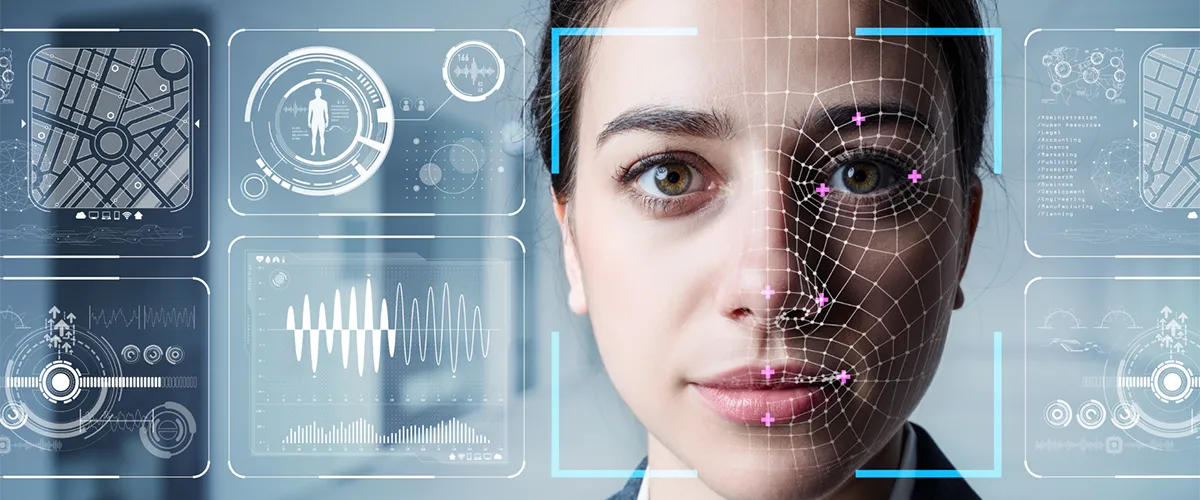
In recent weeks, one thing that keeps cropping up repeatedly when talking to clients is that they want to know how they can deploy technology to make businesses COVID-secure. At the same time, safety guidance is ever-evolving, so any solution has to be flexible. And any investments need to deliver a return even when the pandemic is over.
In particular, I am often asked about AI in video analytics, and how it can contribute in the time of coronavirus – and that is what I want to focus on in this post.
What is AI?
Elements of AI are already woven into our lives. When you talk to a chatbot, for instance, AI makes the experience more natural, and performs routine tasks, such as answering frequent questions, setting up appointments or placing orders. When you finish that new TV series on Netflix, AI collects information on your preferences and creates a tailored list of viewing recommendations. When you open Google Maps in a hurry to get somewhere, AI helps you find the fastest route. And those are just a few examples.
Yet despite its prevalence, not everyone knows what AI means. Put very basically, AI, i.e. artificial intelligence, describes machines that mimic human mental processes, such as problem solving. These machines can “learn”, respond to changing inputs, and perform specific, even highly sophisticated tasks.
Let’s look at a popular example: You want a machine to learn to recognise a cat. You feed it an enormous quantity of data, in this case photos of felines. The software parses the data, identifying correlations and recurring patterns, such as whiskers, pointy ears and furry tails. It can then make informed decisions based in this “experience” – picking out a moggy from, say a football (no ears) or a car (no fur).
AI in video analytics
Video analytics typically uses a type of a subset of AI called deep learning. Deep learning leverages a multi-layered structure of algorithms called an artificial neural network (ANN) that is designed to work like a biological brain. But before we get lost down a terminological rabbit hole – the key takeaways for us are that deep learning is exceptionally accurate and remarkably independent: it can correct itself and fine-tune its performance without expert human intervention.
So compared to standard analytics solutions, cameras with embedded AI engines are much more powerful, and deliver better results. They offer rich functionality and an outstanding degree of flexibility. With the help of a software development kit, applications can be developed for the cameras in line with specific and evolving needs.
Back to COVID
For example, right now you might want to train a camera to recognise when shoppers, commuters, employees etc. are not wearing face masks. Or you might want it to recognise when people are not maintaining social distancing, or to identify where high foot traffic is creating congestion. Using this technology, you can count the number of people at building entrances, estimate crowd sizes, manage queues, and much more. Furthermore, thresholds can be defined, and alerts sent when cameras observe the rules being flouted. This helps create a safe environment for both customers and employees – and it reassures them that protective measures are in place, as many people have not fully understood or correctly adopted preventative behaviours.
Flexible and fit for the future
AI-based video analytics can be harnessed in diverse scenarios, from retail, to warehousing and logistics and airports or government. The cameras can support multiple applications simultaneously. And they are not limited to same, fixed applications – they can adapt.
So in the future, when COVID-related rules (hopefully) cease to be an annoying necessity, new apps can be developed. For instance, a company may want to better identify item removal e.g. in shoplifting, to detect spills or a person who has fallen and needs assistance – or even to spot a pointy-eared animal with a fluffy tail that has sneaked into the store. The possibilities are virtually limitless.